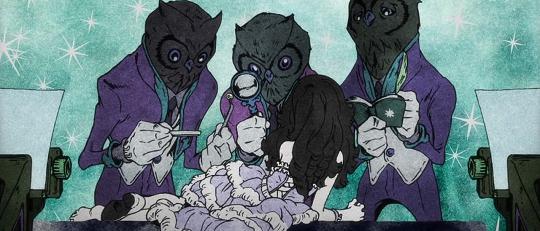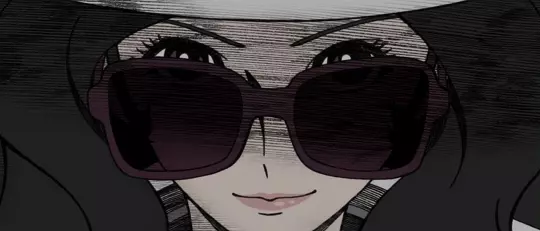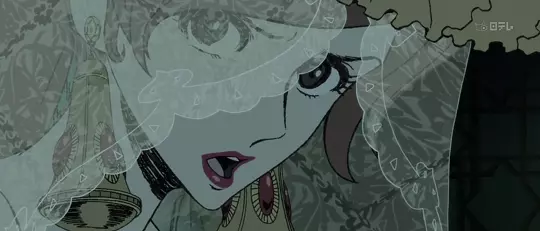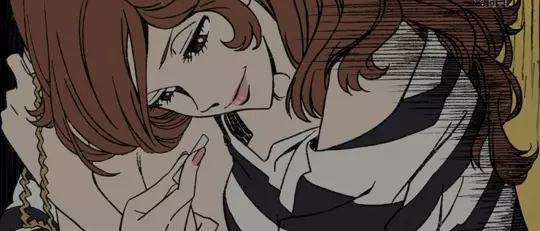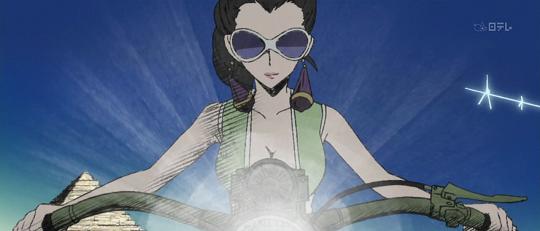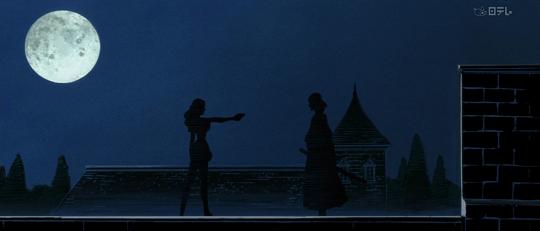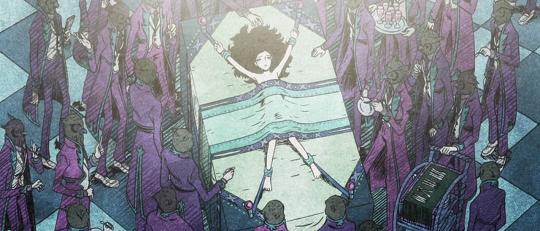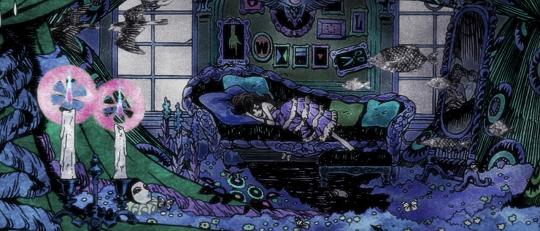The length and breadth of the Lupin III franchise means that any new instalment in it - whether series, film or OVA - has space to rearrange the tried and tested gentleman thief formula. If The Woman Called Fujiko Mine is the first Lupin III entry you’ve seen (and for anime fans of a certain age it will be more likely than not) then it may be odd to move onto the lighter, wackier offerings such as Miyazaki’s well regarded Castle of Cagliostro.
The Woman Called Fujiko Mine, a 2012 series now two movies and a television special in the past, is dark, oppressive and delves into sex, sexuality and sexual violence right from the outset. For better or worse, the series owes a debt to Cowboy Bebop: both share a smooth, sometimes discordant, jazz soundtrack (although Yoko Kanno’s offering is far and away superior), a welcomingly cosmopolitan setting, an episodic structure, and, until it is fully explored later in the series, Fujiko’s past comes off like an homage to Bebop’s Faye. Both series obviously pay their debt to innumerable other genres - film noir being just one - but it’s there that the similarities between the two series ends.
The titular Fujiko Mine is ostensibly the star of the series, yet there are whole episodes where she doesn’t make an appearance and a certain green-coated shadow looms large. It’s a bold move, especially when the other members of Lupin’s regular entourage are barely developed at all, feeling like little more than comic relief by comparison. Fujiko is a broken, complicated woman that plays her constant pursuit of trinkets and shinies as a cry for help rather than Lupin’s single-minded lust for the chase. It also makes her fascinating to watch, flitting from one outfit and persona to the next with flashes of honesty and truth mixed in with the deceit.
Both the montage at the end of each episode - set to NIKIIE’s wonderful Duty Friend - and the brief flashes of Fujiko’s past seem to indicate a fractious and violent past; with imagery heavily implying slavery and child prostitution. The looming threat that Fujiko’s bold sexuality then is channeled directly from her history begins to creep in, potentially undermining what would be an almost ironclad representation of a strong and confident woman. When the details of her adolescence are finally exposed though, on the one hand it dispels that possible character development black cloud - Fujiko simply enjoys sex and thievery - but is so impossibly contrived that it’s difficult to take seriously. As others have pointed out the plot is deceptively measured, going so far as bringing the “episodic” first half of the series into line; as precise as the narrative is though, it doesn’t mean it isn’t a convoluted and absurd mess by the end.
The fallout from that unfortunately is a lack of closure for characters like Oscar, detective Zenigata’s apprentice, whose fall from grace is tragic and brutal but ultimately left dangling. Conversely though, the off-the-wall plot allows for some stunning episodes like the fever dream that Lupin experiences, simultaneously expanding on the history around, rather than about, Fujiko while also yielding some strong symbolism, not least of which the ever present owls and all their Jungian psychological meaning.
Amongst all of the flotsam and jetsam of the main plot are riffs on historical figures - Che Guevara puts in a strong showing - as well as hat-tips to Phantom of Opera, possibly even The Sound of Music. The unique take on these other stories though gives them a kind of ephemeral quality, like a half-remembered dream with recurring characters.
Like a dream then, the series boasts a visual style quite unlike any other. A muted palette and charcoal-like shading is layered on top of breathlessly imaginative set-pieces and lithe character designs. The first episode takes place on a lavishly decorated island owned by a cult leader, another on a train snaking through the Italian countryside while the last takes place in a theme park and European-style castle. The characters fare a little worse, often looking stunning in stills or select scenes, but frequently hide behind the scratchy shading to obscure animation that can be little more than a slide show. This is to say nothing of the occasional vehicles - rendered in 3D, the series’ signature style looking all the more incongruous on them.
The aesthetics may have ideas beyond its budget then but the attention to detail more than makes up for it. Everything from the curlicues on the episode titles, to a buxom thief silhouetted against the moon, to Fujiko’s penchant for fine clothing, screams style, to the point that it becomes the series’ identity more than Fujiko Mine or even Lupin is. It’s the same unspoken lack of pretense that allows the nudity and sex to be as important to the violence and thievery and the thievery and deceit to always be business: there is no love lost between professionals. It is all these intrinsic details that make the series so alluring; add to that the adaptable and complex Fujiko and the sting of a ridiculous plot is salved.
Just like its cast, The Woman Called Fujiko Mine is cultured but uncouth, set to indistinct old-time sensibilities, when you could wear a fedora without looking out of place yet still unquestioningly accept the anachronism of a samurai in a theme park. In a sense then, the series really didn’t need to added obstacle of setting this within the Lupin III mythos. It retcons Fujiko’s past from the established lore and though it makes use of Lupin, Goemon, Daisuke and Zenigata, none really exemplify their roles like they do in other Lupin III entries. There are faults and missteps, but by being mature, culturally aware and sex positive it stands apart from a great many other anime series prior to and since its release. Like Fujiko then, equal parts audacious and enticing but always be on your guard.
